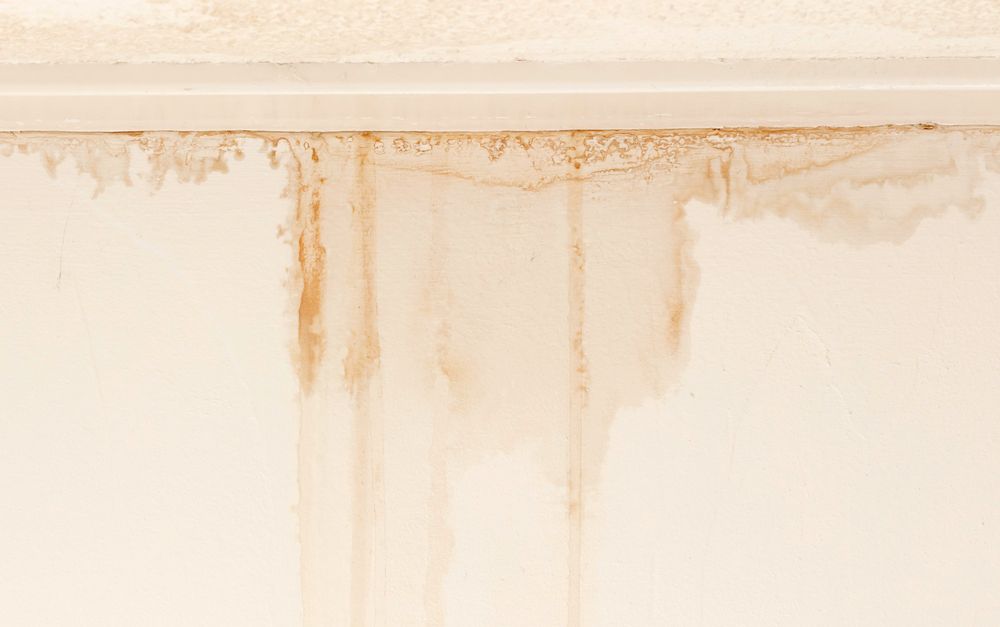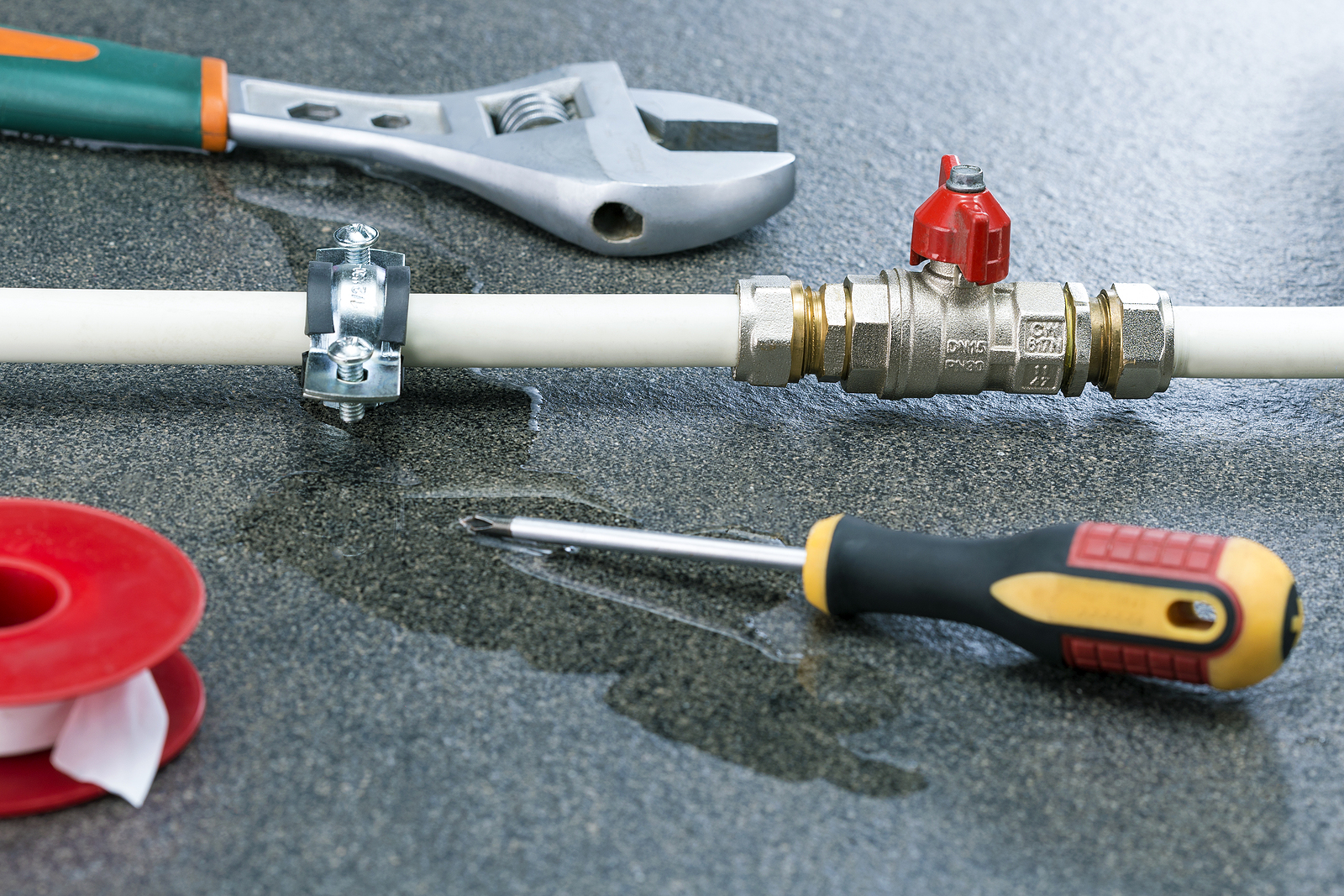6 Ways to Find Concealed Water Leakages in Your Residence
6 Ways to Find Concealed Water Leakages in Your Residence
Blog Article
Presented here in the next paragraph you might get a lot of helpful facts regarding Leaking water lines.

Early detection of leaking water lines can mitigate a possible catastrophe. Some tiny water leakages may not be visible.
1. Examine the Water Meter
Every residence has a water meter. Checking it is a guaranteed way that helps you find leakages. For beginners, switch off all the water sources. Make certain no one will certainly flush, utilize the tap, shower, run the cleaning device or dishwasher. From there, go to the meter as well as watch if it will certainly transform. Because nobody is using it, there ought to be no motions. That shows a fast-moving leakage if it moves. Furthermore, if you find no changes, wait an hour or 2 and also examine back again. This suggests you might have a slow-moving leak that might also be underground.
2. Check Water Consumption
If you find sudden changes, regardless of your usage being the same, it indicates that you have leakages in your plumbing system. An abrupt spike in your expense suggests a fast-moving leak.
A steady boost every month, also with the exact same habits, reveals you have a slow-moving leakage that's additionally slowly rising. Call a plumber to completely inspect your property, especially if you really feel a warm area on your floor with piping below.
3. Do a Food Coloring Test
When it concerns water consumption, 30% originates from toilets. Examination to see if they are running correctly. Decrease specks of food color in the container and also wait 10 mins. There's a leakage in between the tank and also dish if the shade in some way infiltrates your bowl throughout that time without flushing.
4. Asses Outside Lines
Don't fail to remember to inspect your exterior water lines also. Test spigots by attaching a garden tube. Ought to water permeate out of the link, you have a loosened rubber gasket. Change this and ensure all connections are limited. It will certainly help get it expertly took a look at and maintained yearly if you have actually obtained a lawn sprinkler system. One little leak can squander lots of water and also increase your water bill.
5. Assess the scenario as well as evaluate
Homeowners should make it a practice to check under the sink counters and also even inside cupboards for any bad odor or mold development. These 2 red flags suggest a leakage so timely attention is required. Doing regular evaluations, also bi-annually, can conserve you from a significant issue.
A lot more notably, if you recognize your home is already old, maintain a watchful eye on your heating systems, hose pipes, pipes and so on. Look for stainings and deteriorating as a lot of devices and also pipes have a life expectancy. They will certainly also normally degrade due to damage. If you believe leaking water lines in your plumbing system, do not wait for it to rise. Call a professional plumber as soon as possible so you do not wind up with a dreadful mess in your house.
Early discovery of dripping water lines can alleviate a possible disaster. Some tiny water leaks may not be noticeable. Checking it is a surefire way that assists you discover leakages. One little leak can squander bunches of water as well as surge your water costs.
If you suspect leaking water lines in your plumbing system, don't wait for it to rise.
WARNING SIGNS OF WATER LEAKAGE BEHIND THE WALL
PERSISTENT MUSTY ODORS
As water slowly drips from a leaky pipe inside the wall, flooring and sheetrock stay damp and develop an odor similar to wet cardboard. It generates a musty smell that can help you find hidden leaks.
MOLD IN UNUSUAL AREAS
Mold usually grows in wet areas like kitchens, baths and laundry rooms. If you spot the stuff on walls or baseboards in other rooms of the house, it’s a good indicator of undetected water leaks.
STAINS THAT GROW
When mold thrives around a leaky pipe, it sometimes takes hold on the inside surface of the affected wall. A growing stain on otherwise clean sheetrock is often your sign of a hidden plumbing problem.
PEELING OR BUBBLING WALLPAPER / PAINT
This clue is easy to miss in rooms that don’t get much use. When you see wallpaper separating along seams or paint bubbling or flaking off the wall, blame sheetrock that stays wet because of an undetected leak.
BUCKLED CEILINGS AND STAINED FLOORS
If ceilings or floors in bathrooms, kitchens or laundry areas develop structural problems, don’t rule out constant damp inside the walls. Wet sheetrock can affect adjacent framing, flooring and ceilings.
https://www.servicemasterbyzaba.com/blog/how-to-detect-water-leakage-in-walls/

Hopefully you enjoyed reading our article on Hacks to detect leaks. Thanks a ton for taking a few minutes to read our piece. Appreciated our content? Please share it. Let another person locate it. Thanks a lot for your time. Visit us again soon.
Report this page